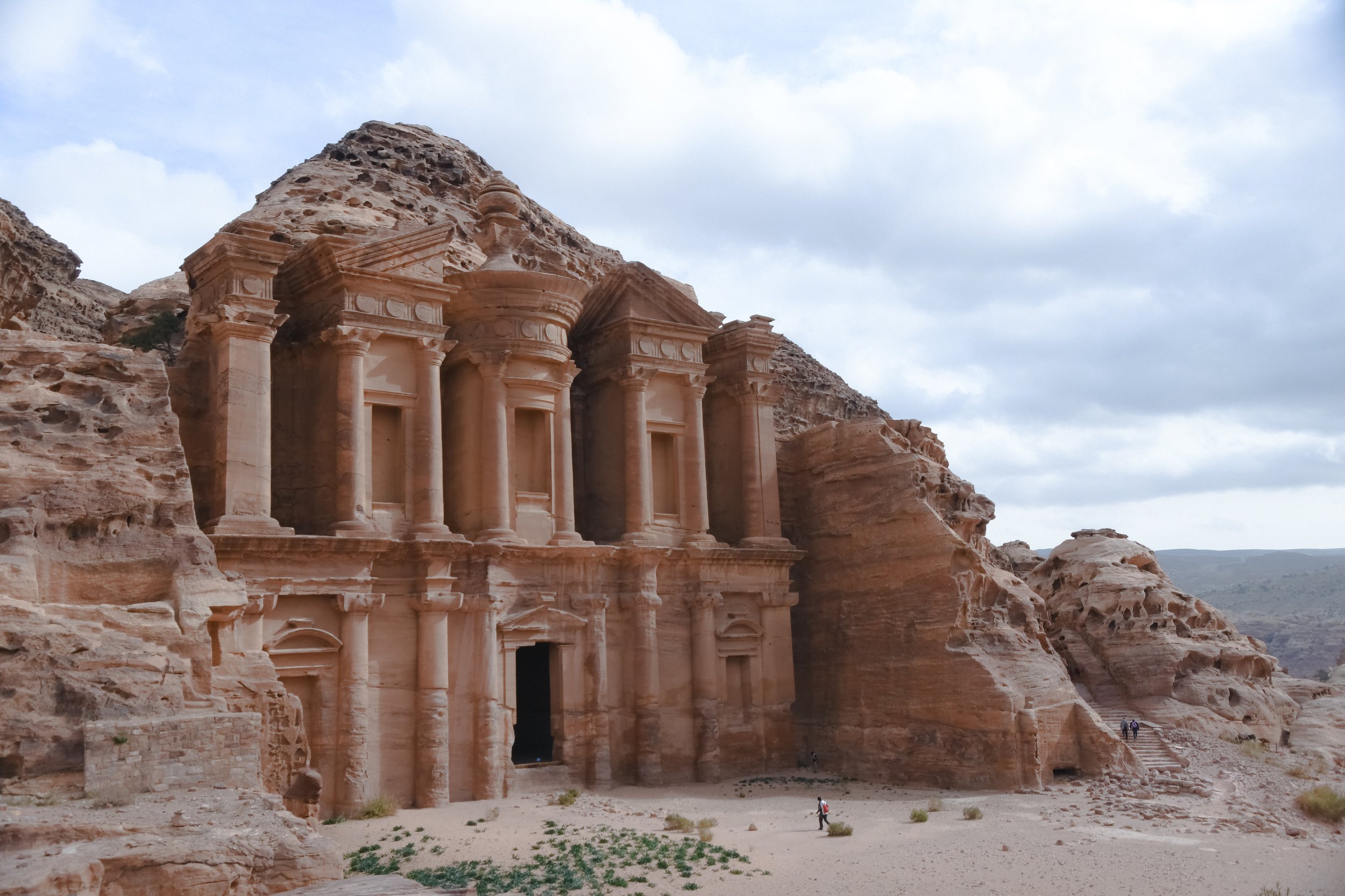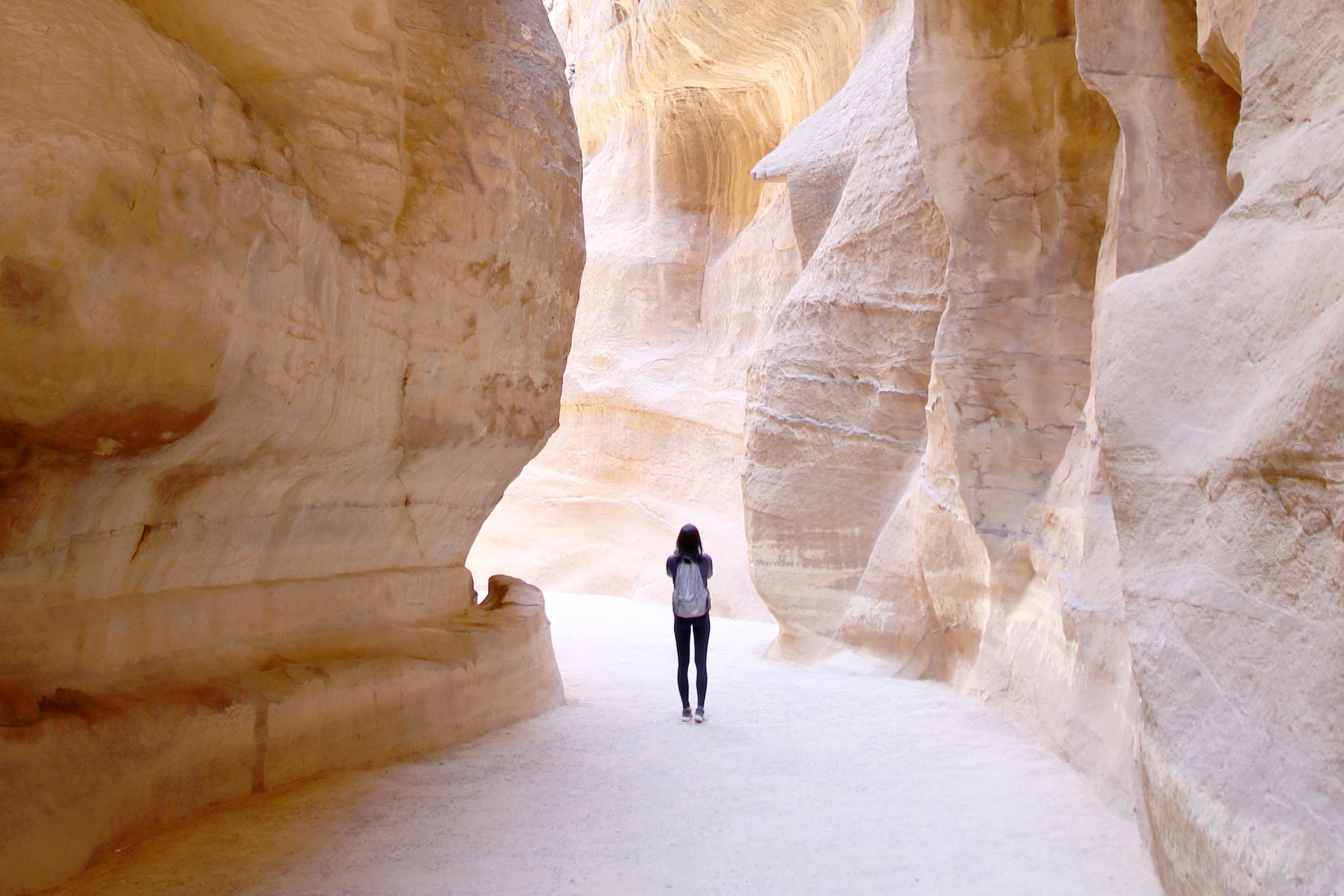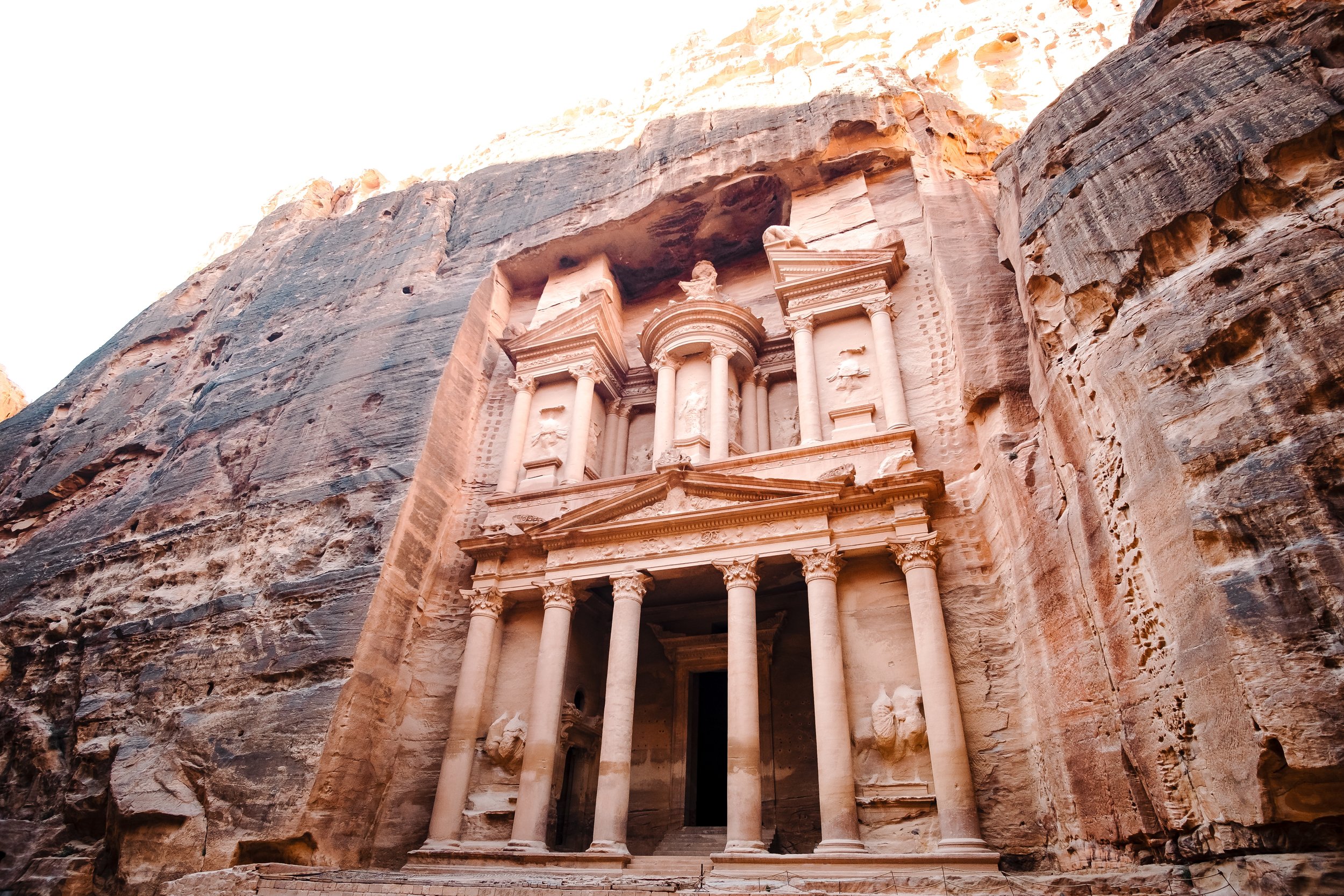This lost city still has secrets to reveal.

As a young child I remember watching movies and reading books about the lost city of Atlantis, but I never heard about the lost city of Petra?
Petra is located several hundred kilometers south of Amman (the capital of Jordan), and is an ancient, ancient city carved into the desert cliffs. Its stunning architecture and unbelievable landscape attract visitors and foreigners from all parts of the globe.

The ancient city was built in the 12th century during the Byzantine period but after hundreds of years was lost from civilization before it was discovered once again in the early 19th century. It is one of the most famous archeological sites in the world and one of the Seven Wonders of the World. Surrounded by the Red Sea, Dead Sea, Wadi Rum, and Wadi Musa, it’s safe to say there is a lot of history in the area. In fact, Petra was one of the first metropolitan cities every constructed, as it was located along a major trade route from Asia to Europe.
But what is inside the lost city of Petra has stunned the world. Many people believe Petra was built for the Gods (or Giants) as the doorways, archways, and buildings are extremely tall. The buildings of Petra are composed of stone that has been sculpted by hand out of the sandstone cliffs using chisels. The engineering of Petra is absolutely incredible, and makes researches wonder how it was actually built.
Let me take you inside to discover some of its secrets.
When you arrive to Petra you will enter through a narrow corridor known as the Siq (roughly a 1 mile long passage with extremely high stone walls created through tectonic forces and worn smooth by water). This passage holds the scars of nature and the works of man across hundreds and thousands of millennia. It is breathtaking.

The first building or facade you will see as you come to the end of the siq (or corridor) is the Al Kahzneh, or “the Treasury.” This is a magnificent building and is commonly known as the “face” of Petra. Turning right at the facade will take you deeper into the city, where you will see many more grand and elaborate buildings (many of them tombs), and possibly the oldest man made structures you have ever lay eyes upon. After several miles of incredible architecture you will near the end of Petra, marked by 850 steps leading up to the famous Monastery.

While my journey through Petra ended at the Monastery, many more mysteries remain beneath the surface of Petra as less than 15 percent of the city has been discovered and over 85 percent is still underground and untouched.
No matter the magnificence of the site, seeing all of Petra would require more than a day – in fact more than a lifetime as the majority of is still lost and waiting to be uncovered.